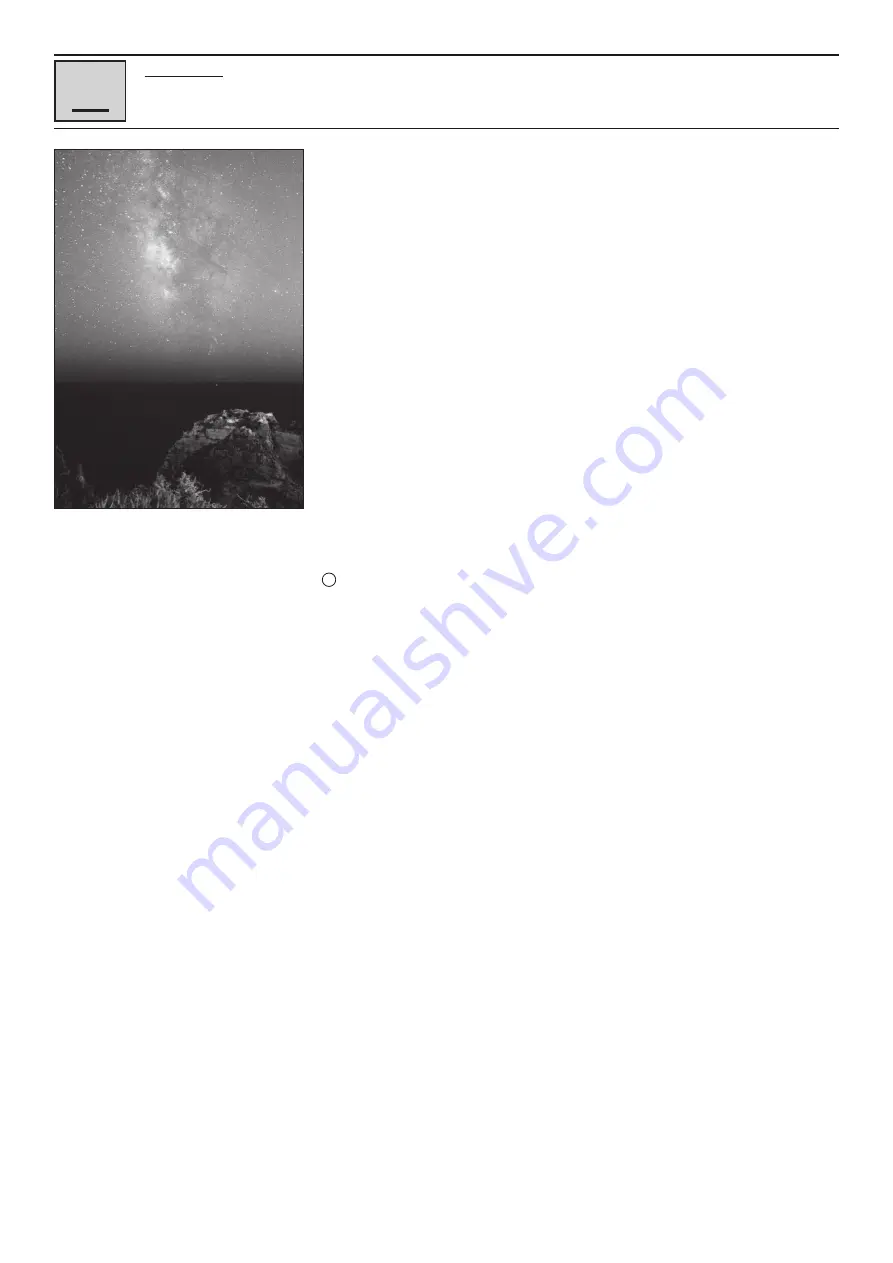
- 11 -
Use of the
IV
The first night
As a freshly baked telescope owner, she naturally wants to penetrate the depths of the
universe immediately. Unfortunately, stargazing can only take place on clear nights.
However, if the weather is not good, you still have some time to prepare for the first night.
It makes sense if you are concerned with the construction of the device, which must also
succeed in the dark. Perhaps you should also take one or two books at hand so as not to
be unprepared for the challenges of heaven. You should always have these instructions
at hand.
Then finally, after a long pause, the sky breaks open and gives a clear view of the starry
sky. It is time to give the telescope the "FirstLight", as amateur astronomers call the
"baptism" of the telescope in the open sky. This evening can be decisive whether you are
infected by the fascination of the starry sky or whether you turn away from the hobby
with frustration and disappointment because of annoying mishaps. In the age of space
travel we are spoiled by astrophotographs taken by space probes and large telescopes.
Science fiction films on television and in the cinema impress with breathtaking star
worlds. The expectations towards the telescope are accordingly high. The first look
through your telescope may therefore be sobering at first. Over time, however, you will
notice that observing astronomical objects is an exciting and fascinating activity. So that
the telescope does not become a bad investment, we as a telescope manufacturer have
written a small guide for you, which should introduce you a little into this great hobby.
We don't want to impart deep science - the market has enough literature for that - but we
want to give a small practical instruction how to handle the telescope and what can be
observed.
i
ASTRO-TIPPS!
-Versuchen you will find an observation site that is far away from bright light sources
such as cities, streets or sports fields. If this is not always possible then choose a place
where it is a little darker. All the darker, all the better.
- Geben you can accustom your eyes to the darkness for about 10 minutes. Give your
eyes an observation break about every 10 to 15 minutes to avoid watery eyes and eye
pain.
-Versuchen you do not use white light during an observation in the dark. Experienced
observers only use red light in order not to loose the adaptation of the eye to darkness
(dark adaptation of the eye). They either use the flashlight, or wrap red special foil around
their lamps. Also note that when other observers are nearby, they do not handle white
light. Never shine a lamp into a telescope through which you are watching!
- Ziehen you warm up. Hypothermia can quickly occur when sitting on cool days.
- Üben you the preparation of your equipment in the light, so that then in the dark every
handle sits.
- Verwenden your 26mm eyepiece for earth observation or distant areas in the starry sky,
such as open star clusters (e.g. Pleiades M45). Use a more magnifying eyepiece, such as
a 9mm eyepiece, to see close things such as the rings of Saturn or craters on the moon.
Summary of Contents for MCX Goto Series
Page 30: ...30 Computerised Handset with LED display VII Fig 35...
Page 39: ...39...








































